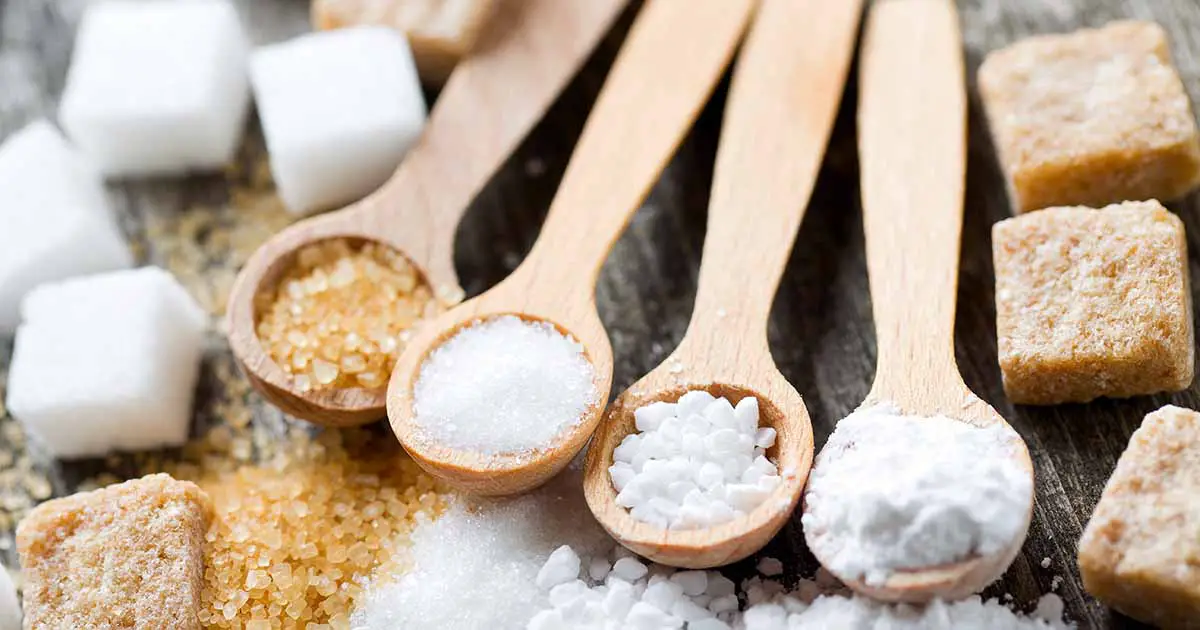Sauces are the next most important part of the French & continental cuisine. These sauces can be derived from stocks by using different thickening agents. Sauces are capable of adding variety to the dishes by imparting color, flavor, texture and even drama to a great extent. Sauces are of different types. They vary by way of the basic ingredient used, color and consistency. These sauces are integral for plate presentations and add to the overall improvement of the product.
A sauce is liquid, creamy or semi-solid food served on or used in preparing other foods. Sauces are not normally consumed alone; they add flavor, moisture, and visual appeal to the final dish. The sauce is a French word taken from the Latin salsus, meaning salted. Possibly the oldest sauce recorded is garum, the fish sauce used by the Ancient Romans. Sauces may be used for savory dishes or for desserts. They can be prepared and served cold, like mayonnaise, prepared cold but served lukewarm like pesto, or can be cooked like béchamel and served warm or again cooked and served cold like apple sauce. Some sauces are industrial inventions like Worcestershire sauce, HP sauce, or nowadays mostly bought ready-made like soy
sauce or ketchup, other are still freshly prepared by the cook. Sauces for salads are called salad dressing. Sauces made by deglazing a pan are called pan sauces. A cook who specializes in making sauces is a saucier.
Definition
Sauces are liquid or semi-liquid mixtures. A keen sense of smell, delicate sense of taste, a light, strong hand for blending – all contribute to the perfect sauce. Long ago, Grimande de la Royere, philosopher and gastronomer wrote: “The sauce is to culinary art, what grammar is to language”. A perfect sauce has a colorful appearance, is glowing in its rich smoothness, its texture is that of velvet, and it has a definite taste. It has natural flavor and complements the food it accompanies, rather than mask its taste.
Importance of Sauces in Food Preparation
• Enhances flavor.
• Some sauces help in digestion, e.g. mint sauce, apple sauce with roast pork.
• It gives moistness to the food, e.g. white sauce adds creaminess to firm and dry food.
• Adds color to the food. Hollandaise sauce served on a vegetable adds colour. Tomato sauce goes with Fish a l‘orly.
• Served as an accompaniment, sometimes gives a contrasting taste to another food, e.g. cranberry sauce with roast turkey.
• Sometimes gives the name to the dish. E.g. Madeira wine when added to brown sauce it is called Sauce Madeira.
• Enhances the nutritional value of the dish.
• Dress and complements the food that needs some additional quality and makes the food more palatable.
• Gives tartness and contrast or balances a bland food.
Thickening Agents
These are different ingredients added to give the thick consistency to a sauce. The different agents make each sauce unique by way of its taste, color, consistency & flavor.
Roux
It is a fat and flour mixture, which are cooked together. It is cooked to various degrees, namely white, blond or brown. Equal quantities of flour and butter and margarine are taken to prepare the different colored roux. The colour acquired depends upon the degree of cooking of the flour and the color of the sauce depends upon the liquid and roux used. While preparing the sauce, the boiling liquid should never be added to a hot roux as it may become lumpy, a cold liquid to a hot roux or hot liquid to an old roux may be added to get a smooth texture.
Starch
Arrowroot, corn flour, fecule (potato starch), tapioca are used to thicken the sauce. A paste should be made of cold liquid and starch and then stirred into boiling liquid and allowed to boil, till the starch is cooked. It gelatinizes at 93°C.
Starch contains no gluten and gives a clear sauce and thickens more as it cools.
Beurre Maine
It is chiefly used for fish sauces. Equal quantities of flour and butter are kneaded, and very little quantity is added at a time to the boiling liquid and stirred well to form a smooth consistency.
Yolks of Eggs and Cream
It is a liaison, added as a finishing agent at the end of cooking. The product is never boiled when the liaison is added, or it would curdle. The liaison is added to thicken delicate cream or veloute sauces or cream soups. Yolks of eggs are used to prepare the mayonnaise by emulsifying with oil.
Blood
It is usually used for game cooking. It thickens the sauce and gives a particular flavor e.g. preparation of Jugged Hare.
Sauces could be grouped as follows:
• Basic sauces
• Cold Basic Sauces
• Butter Sauces
• Others sauces (miscellaneous)





